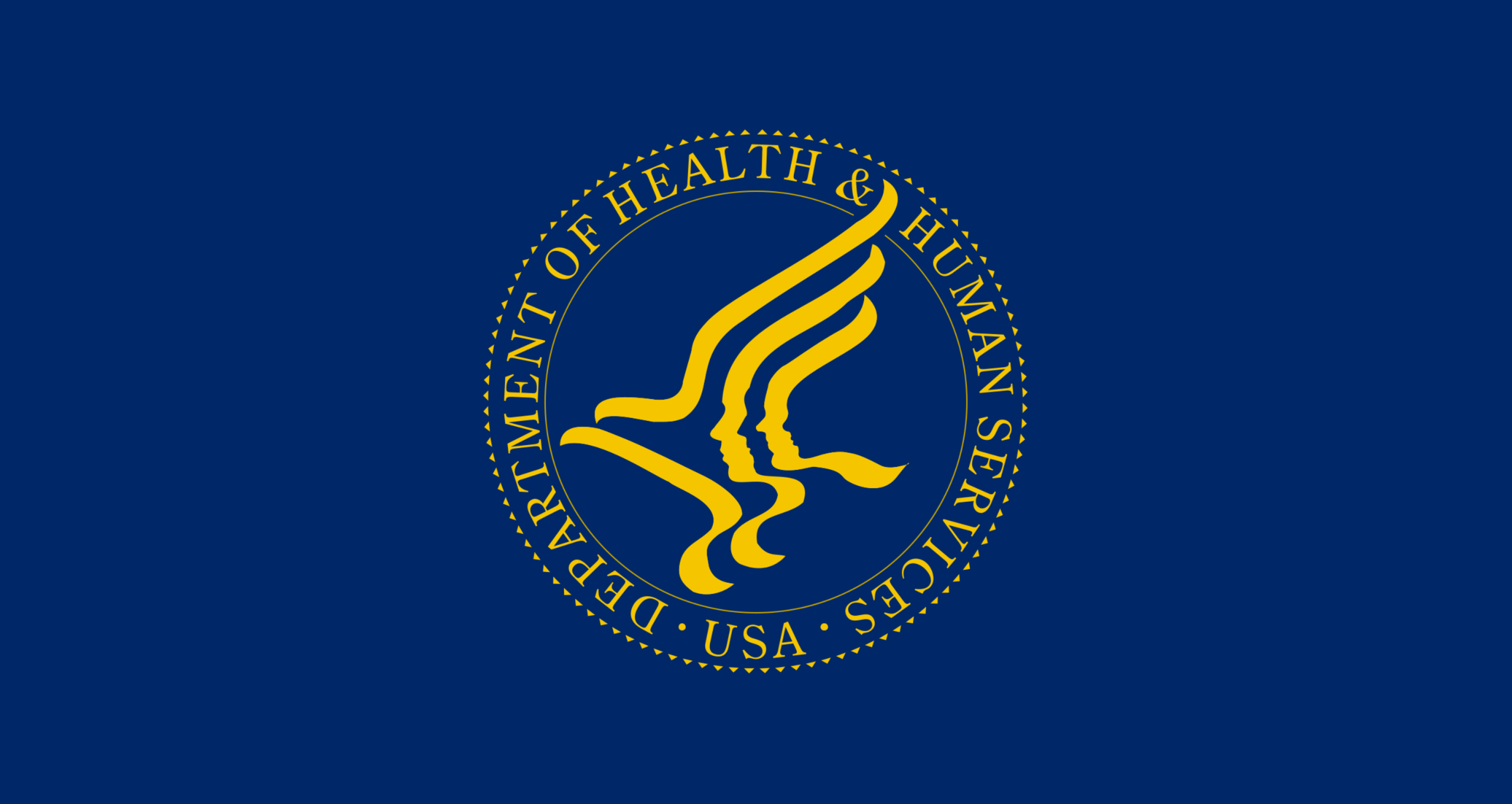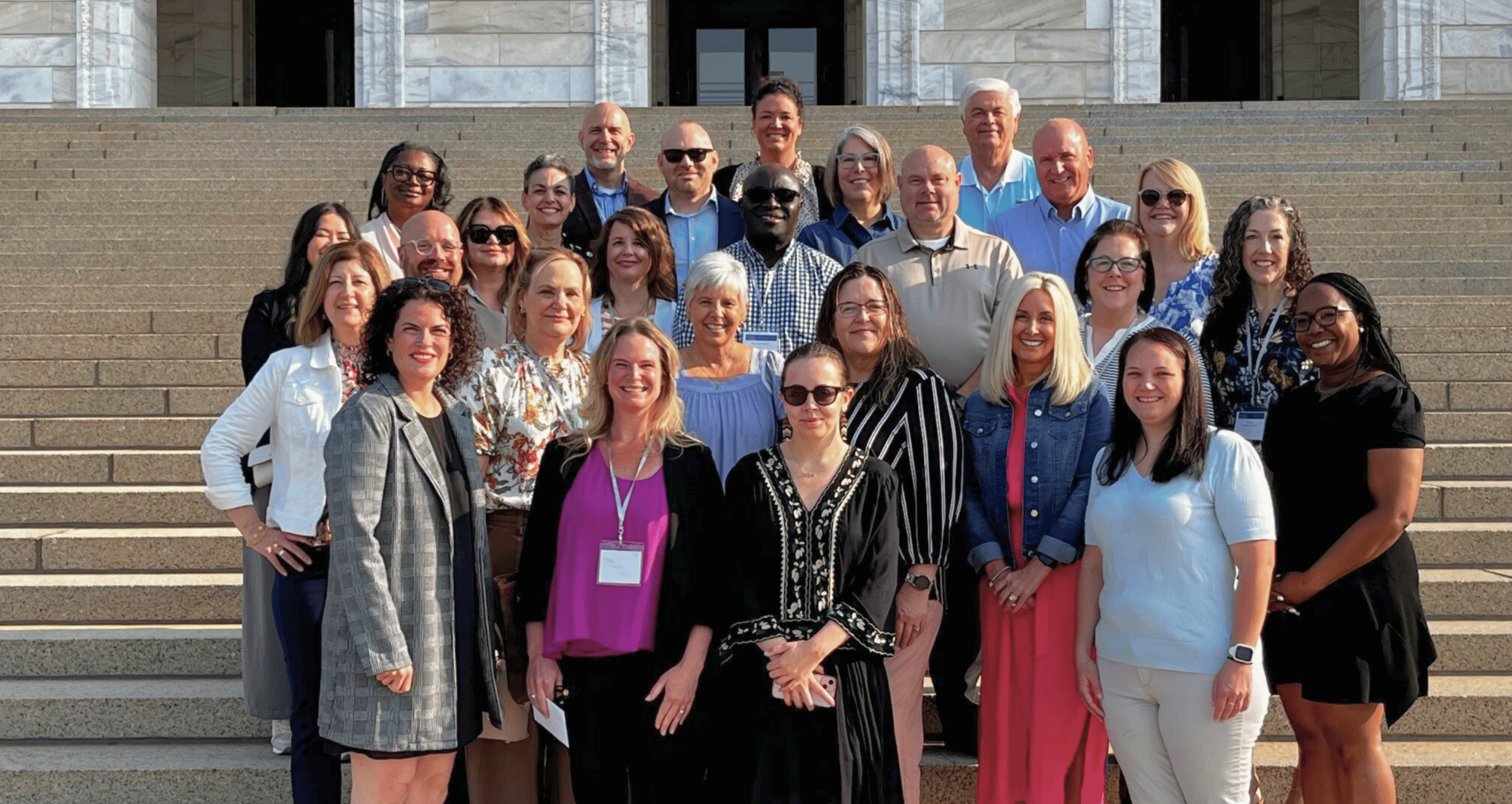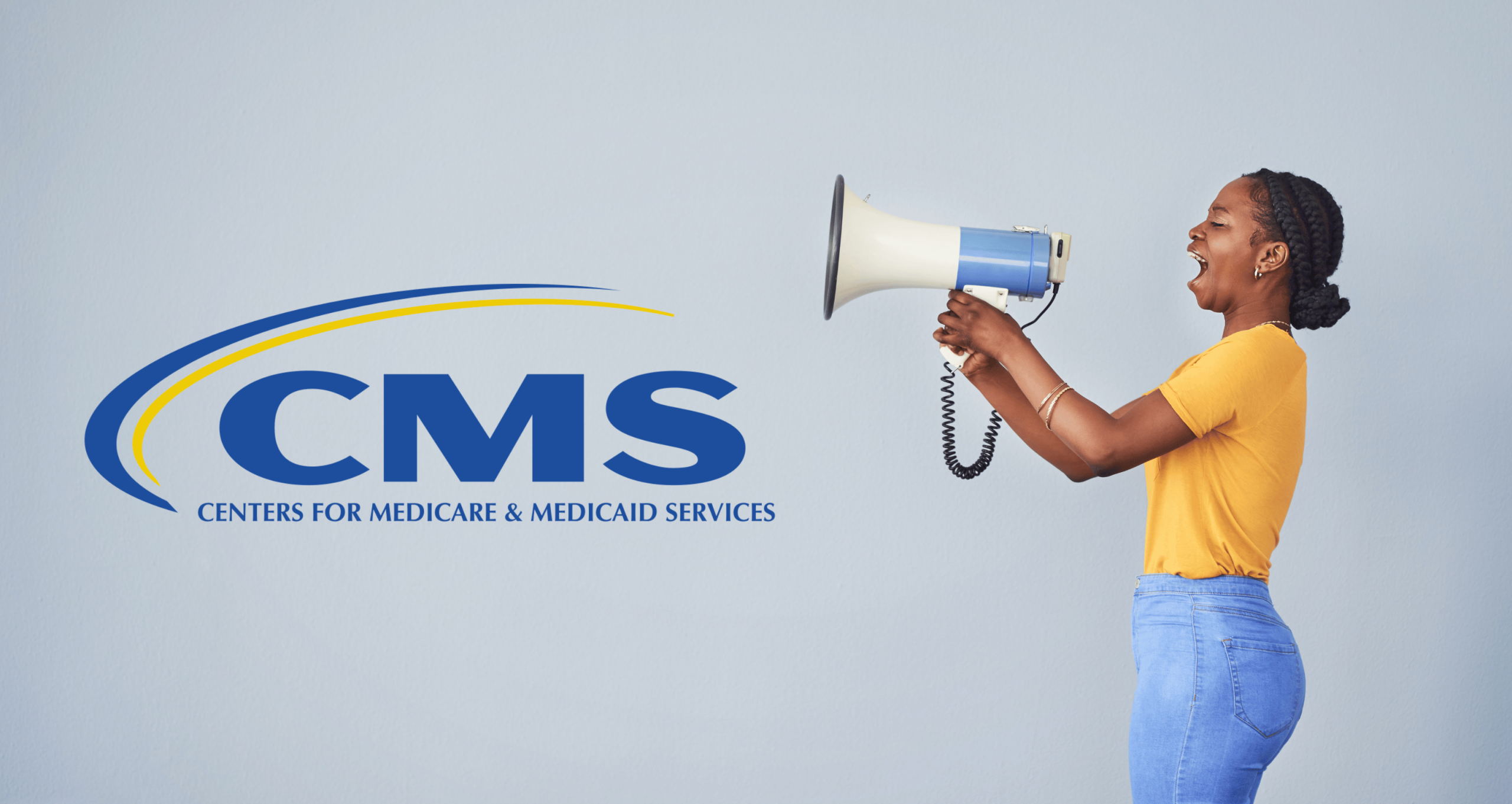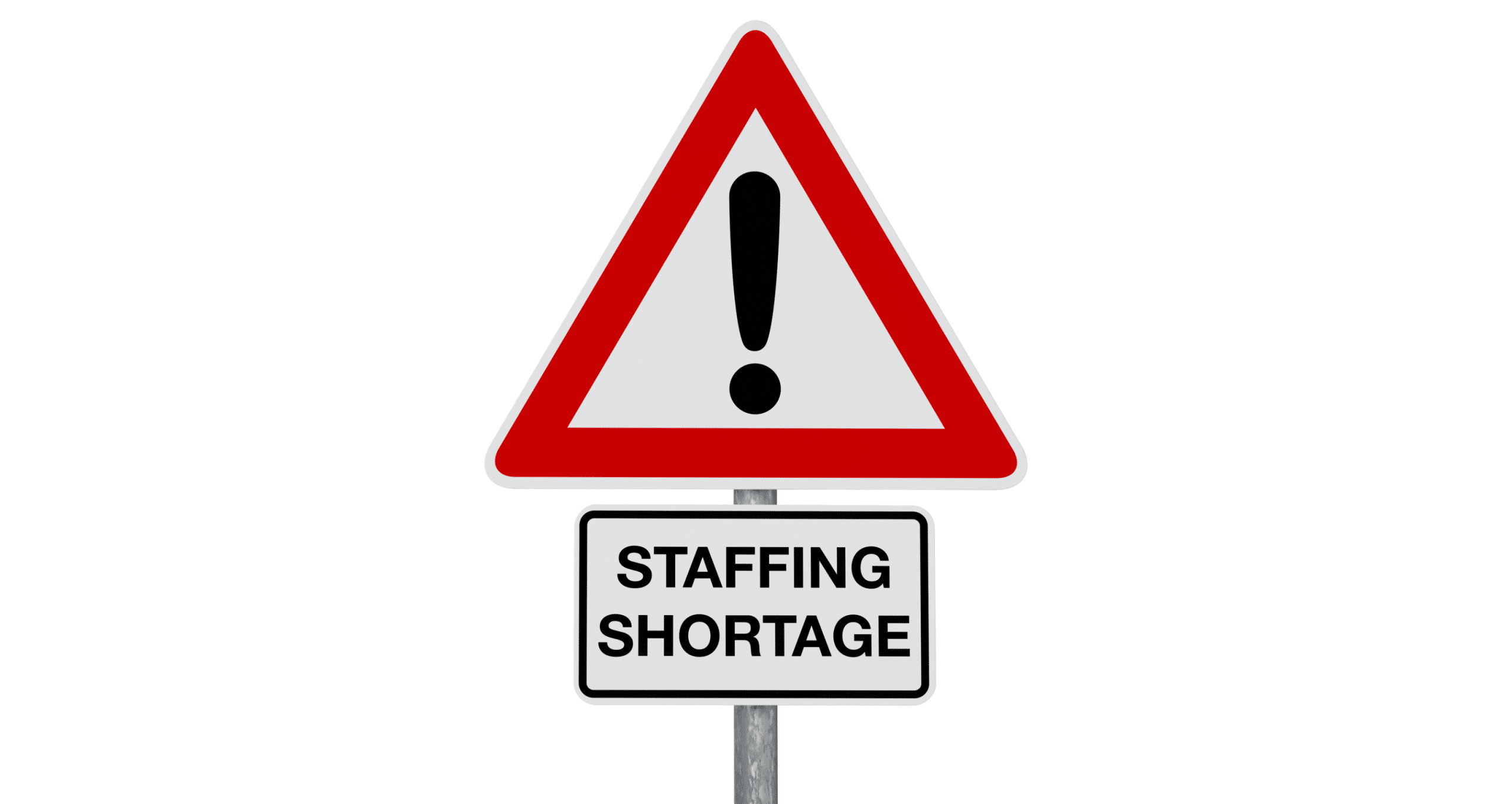On December 8, the Centers for Medicare and Medicaid Services (CMS) issued initial, new guidance to states to inform implementation of the new Medicaid community engagement provisions (aka: work reporting requirements) included in H.R. 1. The new law includes multiple sweeping changes to the Medicaid program, with more guidance expected to follow. In issuing this initial guidance, CMS officials outlined four principles guiding policy development:
- connect members to work and community;
- offer states flexibility;
- promote alignment with existing requirements for other programs such as SNAP and TANF; and
- protect taxpayers.
CMS reiterates the statutory deadline of January 1, 2027, for states to implement the new community engagement requirements, while outlining a process for the Secretary to grant temporary compliance exemptions ending on December 31, 2028 or before to states experiencing hardships but demonstrating good faith efforts to comply. The agency will also issue grants to help states establish new or updated systems to comply with the new requirements.
What’s New?
While the guidance focuses primarily on restating in plain language the requirements from H.R. 1 across key areas of focus, as enumerated below, there are a few new pieces of operational direction as noted. For example, CMS has offered new interpretations related to compliance verification, potential sources of “reliable information” for those verifications, and the role of managed care organizations (MCOs). Deeper analysis is also available from our partners in the Modern Medicaid Alliance.
Applicable individuals:
- Only individuals who are 1) aged 19-64, not pregnant, not eligible for or enrolled in Medicare, and not eligible for Medicaid via other mandatory group; or 2) eligible to enroll in Medicaid under a waiver and who meet the first set of criteria.
- NEW in this guidance: CMS clarifies that the requirements will NOT apply to states that 1) have not expanded Medicaid AND 2) do not have a 1115 waiver offering minimum essential coverage (MEC); and
- Looking ahead: CMS notes that it will continue to evaluate which existing state section 1115 demonstration populations meet the definition of an “applicable individual.”
Activities which meet the community engagement requirements (per month):
- 80 hours of work
- 80 hours of community service
- 80 hours of work program participation
- 40 hours of enrollment in an educational program
- A combination of 80 hours in any of the above
- A monthly income not less than $580
- Seasonal work with average monthly income over the preceding 6 months of not less than $580
Exclusions to the requirements:
- Former foster youth up to age 26
- A person who is an Indian (including Urban Indian, California Indians, or individuals otherwise determined eligible as Indians for the Indian Health Service)
- A parent, guardian, or caretaker relative of a disabled individual or dependent child under the age of 13
- A veteran with a total disability rating
- A person who is medically frail or otherwise has special medical needs
- A person who is complying with any requirements under the SNAP program or who is a member of a household that receives SNAP and is not exempt from work requirements
- Participants in drug addiction or alcoholism treatment and rehabilitation programs
- Inmates of public institutions
- Individuals who are pregnant or entitled to postpartum medical assistance
- NOTABLE in this guidance: CMS opted NOT to include the definition of “medical frailty” as described in the legislation in this initial guidance.
Exceptions to the requirements for individuals experiencing short-term hardships including:
- Receiving various types of inpatient services
- Residing in a county in a state of emergency or disaster or in a state with a high level of unemployment
- Having to travel for an extended period to receive medical services unavailable at home
Demonstrating and verifying compliance:
- New applicants must demonstrate compliance for one or more (not more than three) consecutive months immediately preceding the month of application
- Current enrollees must demonstrate compliance for at least one or more months during the period between the previous eligibility determination and the next redetermination
- NEW in this guidance:
-
- Beneficiaries are considered compliant if they demonstrate compliance during any part of the eligibility period, and states may not require compliance in specific or consecutive months.
-
- States must conduct redeterminations every six months for expansion populations.
Use of reliable information:
- States are required to establish a process and first attempt to use reliable information available to them without requiring an individual to submit additional information to verify compliance
- NEW in this guidance:
-
- CMS expands on potential sources of such reliable data
-
- The agency adds that states may not request additional information or documentation from individuals unless they are unable to establish compliance using reliable data.
Non-compliance procedures when states cannot verify compliance:
- States must issue a notice of noncompliance and provide 30 calendar days to demonstrate compliance or qualification for exemption or exception.
- For current enrollees, states must continue to provide coverage during this 30-day period.
- In all cases, if compliance is not demonstrated, the state must deny coverage or disenroll the individual at the end of the month following the month in which the 30-day period ends.
Outreach:
- States must notify beneficiaries about the requirements before they are implemented and periodically thereafter.
- States have a set period to begin outreach, and the outreach must be sent by mail and at least one additional method.
Role of Managed Care Plans (MCOs):
- NEW in this guidance: states cannot permit MCOs to decide whether beneficiaries are compliant, but MCOs may perform supportive tasks.
What’s the Takeaway?
CMS is expected to issue additional guidance, particularly with more detailed instructions for state operationalization. H.R. 1 requires CMS to issue an interim final rule by June 1, 2026, though it is not yet clear whether outstanding questions will be addressed through that final rulemaking or through further subregulatory guidance beforehand. We will share more information as it becomes available.
Sarah Dobson is Senior Director of Advocacy and Public Policy at Lutheran Services in America.








